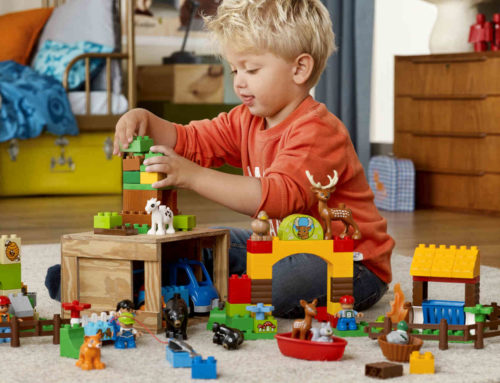Some children are talkers. If their eyes are open then there’s a good chance that they are either telling you or asking you something… Why is the sky blue? My shirt is blue. I like blue but I also like green. My jacket is green. Where’s your jacket?
Whilst many parents fantasize about bashing their head into a brick wall when faced with this relentless chattering, they can also rest assured knowing that their child can express their thoughts and needs and will do so. It can also be easier for them to listen and work out what their child knows and understands and what they haven’t quite figured out yet.
On the other hand, some children are quiet and don’t want to talk. They can, they just choose not to. Sometimes it’s more than just being shy and hiding behind mum or dad’s leg for the first 10 minutes when arriving somewhere new. Sometimes a child may be a reluctant communicator because they have a quiet temperament, a sensitive disposition or low self-esteem where they think nothing they do will be right, including talking.
These children tend to view talking as an absolute last resort. This can be equally, if not more frustrating for parents to manage because you feel as though you never really know what’s going on. Do they understand what was just said? Do they know what words to say? I know they know it, why won’t they just speak up?
If you’re unsure whether your child won’t or can’t talk, check out our previous post on 10 Red Flags of Speech and Language Development.
I have a very strong belief that you should never force a child to talk. No good can come of it. I believe it is far better to gently encourage or tempt them to talk by using a few of these simple strategies…
- Put favourite items such as toys and books somewhere your child can see them but can’t reach. This may encourage your child to ask you for it.
- Give your child a little piece of their favourite food instead of the whole thing to encourage them to come back and ask for more.
- If you are certain that your child knows the right answer, sabotage a conversation by saying something wrong. For example, “I’ve got honey on my toast. Did you know that cows make honey?”. This may encourage your child to correct you.
- Offer your child a toy or a snack that they cannot open themselves. For example, a bottle of bubble mixture with the lid screwed on tightly, or a biscuit in a container they can’t open. This may encourage your child to ask for help.
- Wait for things to go wrong. If you can see that your child is about to drop something or knock something over and it’s not going to have a disastrous outcome– just sit back and let it happen. This may encourage your child to come and tell you that something has gone wrong or explain what has happened.
- Act forgetful. If you know your child is familiar with a particular song, rhyme or story, start singing/telling it and then stop and wait (acting a little confused is a bonus). This may encourage your child to join in and finish the rest of the song, rhyme or story for you.
- Change a familiar routine. If you always read a book with your child before bed, change the routine and tell them “Time for bed” earlier than you normally would. This may encourage your child to remind you that you haven’t read a book yet.
- Offer your child a choice of two things such as “Would you like an apple or a banana?” This encourages your child to make a choice and express their needs and wants. If they don’t want either of the items offered this may also encourage them to ask for something else instead.
- Hide objects in surprising places for your child to find. For instance you might put a small toy in your child’s shoe, or a new book in their bed. Being surprised, amused and/or excited when they find the item may encourage your child to come and tell you about it.
- Let your child wait. Do not anticipate their every need. Even if you know exactly what they want, just hold back and wait and this may encourage them to start an interaction with you.
Whenever your child responds to one of these strategies, be positive but do not go overboard with the praise. It is best if you just continue the conversation as naturally as possible, to help them feel comfortable. The most important thing is to respond quickly so that they understand the connection between using their words and getting a response. So if they ask for more to eat, make sure you’ve got some ready to give them.
If your child is reluctant to talk and tries to just point, grunt or throws a tantrum, try not to pay too much attention to it. Just say, “I don’t understand what you want” (even though you probably know exactly what they want!) and continue on by modeling an appropriate way for them to ask. Depending on their level an appropriate response might be a sound “Brmm brmm”, a word “car”, two words “car please”, or a sentence, “Can I have that car please?”.
I have had success using all of these strategies. They are nice and gentle ways to teach children about the power of communication. Sometimes, you only need to offer a few of these temptations for your child to realise that talking isn’t as hard or as scary as they think it is.
On the other hand, sometimes you need to use temptations for a while longer because some children dig their heels in and would rather go off to find another toy they can get themselves rather than having to ask for the one high up on the shelf. It may be frustrating at times, but be patient. Just because a strategy didn’t work for you the first time, doesn’t mean it’s not going to work at all.
Once you’ve got the idea of how these strategies work, and which ones your child responds to best, you may find that you think of other ways to entice your child to talk more. We all want our children to be the best communicators they can be, and we always love to hear and share ideas so let us know what strategies work for you!
Remember… Sharing is caring. You can also like our Facebook page for more.







Leave A Comment